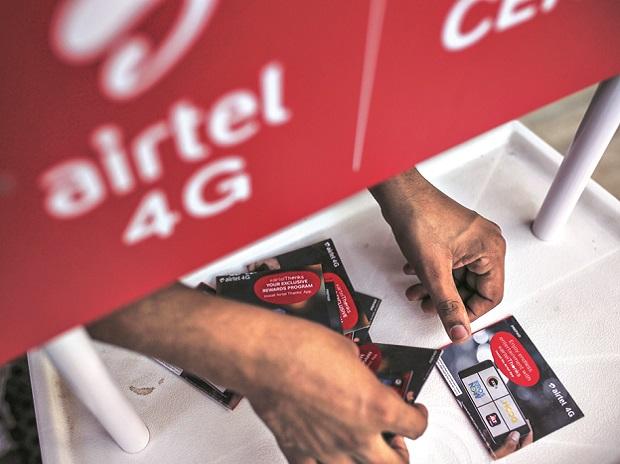Articles in a series on Mashable.com called ‘What’s Inside’ looked for all the world like the hundreds of other articles on the digital media site. But journalistically, they were something very different.
The articles, about technology topics in a wide variety of products, were paid for by Snapdragon, a brand of processor chip made by Qualcomm, and the sponsor of the series. Most were even written by Mashable editorial employees.
One article on Google Glass technology was shared almost 2,000 times on social media, indicating that readers may not have cared, or even known, whether it was journalism or sponsored content, although the series was identified as such.
Advertisers and publishers have many names for this new form of marketing — branded content, sponsored content and native advertising are just a few of the terms. Regardless of the name, the strategy of having advertisers sponsor or create content that looks much like traditional editorial content has become increasingly common as publishers try to create additional sources of revenue.
Calculating exactly how much advertisers spend on such content industry wide is difficult because of the many ways the content is defined and sold. Well-known online publications like The Huffington Post, Forbes, The Atlantic, The Washington Post, BuzzFeed and Business Insider all use some form of branded content. A result is a media universe where it is increasingly difficult for readers to distinguish editorial content from advertising. The Huffington Post has struck partnerships with brands like Johnson & Johnson and Cisco Systems to sponsor a topic, like women and children or the impact of technology, for web pages that pair content written by the brand and content written by Huffington Post reporters independently.
Business Insider now offers sponsored slide shows beside its editorial content. The Atlantic recently apologised after running a branded feature written in support of the Church of Scientology.
Publishers are largely being driven to support the use of sponsored content because of fewer people clicking on banner ads, abundance of ad space and other factors make it more difficult to make money from traditional online advertising.
“There was a period when newspapers had monopolies, and they made money,” said Jonah Peretti, the co-founder and chief executive of BuzzFeed, at a digital advertising conference in February. “Now what we are faced with is a very different industry that has shifted, and we need to elevate advertising.” One of the biggest users of sponsored content, BuzzFeed, is well known for its reliance on quirky articles like ’20 Baby Animals Say Hello to Spring’ and ‘This Is the Greatest Sports GIF of 2013.’ Brands like Dunkin’ Donuts and GE have contributed their versions of BuzzFeed content with articles like ’10 Life-changing Ways to Make Your Day More Efficient’ and ’18 People Who Will Not Be Stopped.’ Forbes has worked with about two dozen brands during its two-year venture into branded content. Articles written by FedEx employees for the site have focused on small businesses. Other articles have competed for space on the most-emailed list for the site. Michael S Perlis, the president and chief executive of Forbes Media, said the brands are never allowed to make a direct pitch to consumers in their articles.
“It is, in fact, content,” Perlis said. “It’s not advertising. It’s about big issues that relate to thought leadership.” Newspapers for years have run special sections to appeal to advertisers, and almost all of the publishers running branded content say they abide by the traditional church-and-state separation – news on one side of the wall, advertising on the other. But the sponsored content runs beside the editorial on many sites and is almost indistinguishable.
The staff at Mashable takes great pains to point out that despite having a sponsor, the articles they write are still editorial content. “These are not advertorials,” said Lance Ulanoff, the editor-in-chief at Mashable in an interview at the company’s Manhattan headquarters. “I know what an advertorial is. These are pure editorial.” Stacy Martinet, the chief marketing officer at Mashable, said that brands want to be aligned with a specific theme, in this case, sophisticated technology. And that readers want articles about such technologies.
“Mashable is working with brands to write content that aligns with our audience and what they want and aligns with the brand’s value,” said Martinet, who has worked for The New York Times. Some of that content has been in the top-five most-read articles in a given week, Martinet said.
The sponsorships also let the company finance longer-form articles that reporters may not be allowed to write otherwise, said Lauren Drell, a campaigns editor at Mashable. The company’s journalists write on average five to eight short articles a day for the website. The price for a sponsored series can run close to six figures. Pete Pachal, a technology editor at Mashable who wrote the Google Glass piece in the Snapdragon series, said the writers have no contact with the series sponsors. “There’s always people with conspiracy theories,” Pachal said, responding to a question about whether editorial staff should write articles in sponsored series. “The article isn’t even about the brands or what their products are, so you’re not even entering that territory.”
Not everyone agrees.
“I am aghast at this,” said Andrew Sullivan, the former editor of The New Republic. Readers do not pay attention to the names of people who write articles, Sullivan said. “Your average reader isn’t interested in that. They don’t realise they are being fed corporate propaganda.”
Source –Times of india





